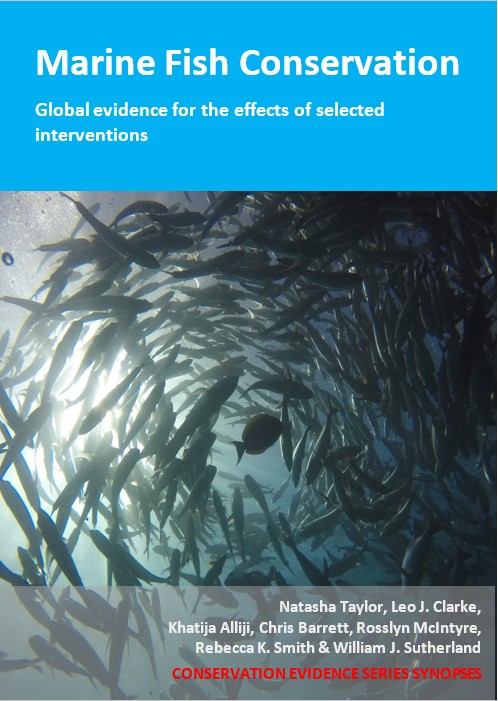Set catch shares by species
-
Overall effectiveness category Awaiting assessment
-
Number of studies: 1
View assessment score
Hide assessment score
How is the evidence assessed?
-
Effectiveness
not assessed -
Certainty
not assessed -
Harms
not assessed
Study locations
Supporting evidence from individual studies
A before-and-after study in 1962–2006 of bottom fishing grounds in the northwest Pacific Ocean off British Columbia, Canada (Edinger & Baek 2015) found that in the 10 years after implementing an individual vessel quota system for unwanted catch (Individual Vessel Bycatch Quota) in a multispecies groundfish fishery, the unwanted catch of Pacific halibut Hippoglossus stenolepis (a prohibited species) was reduced, but a previous quota system limiting the amount of all species in the catch by vessel (Individual Transferrable Quotas) increased halibut catch. In the period 1996–2006 following the introduction of a “bycatch” quota system for individual vessels in 1996, halibut catches fell by 219% (data reported as statistical model results). Conversely, when individual transferrable catch quotas had been implemented in 1990, it resulted in a 40% increase in unwanted halibut catches (data reported as statistical model results). Authors noted that this increase was due to individual transferrable quotas tending to only consider the conservation of a single species rather than multiple species caught at the same time. Fisheries data from the British Columbia groundfish fishery for the period 1962–2006 were analysed, provided by The International Pacific Halibut Commission and Fisheries and Oceans Canada. The British Columbia Groundfish fishery implemented an individual vessel bycatch quota system in 1996 whereby trawl license holders received a quota representing a percentage of the species-specific total allowable catch.
Study and other actions tested
Where has this evidence come from?
List of journals searched by synopsis
All the journals searched for all synopses
This Action forms part of the Action Synopsis:
Marine Fish Conservation





)_2023.JPG)














